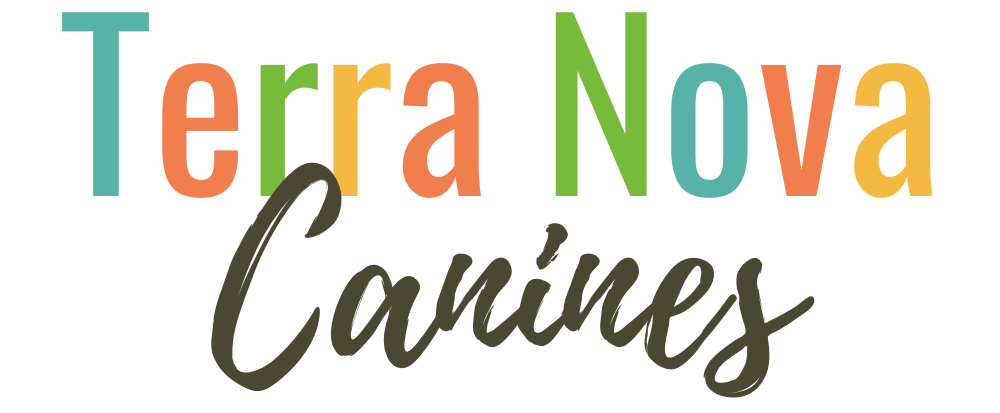7 Main Dog Breed Groups
Herding Group
The Herding Group comprises breeds developed for moving livestock, including sheep, cattle, and even reindeer. Herding dogs work closely with their human shepherds, and their natural intelligence and responsiveness makes them highly trainable. Today, some Herding breeds, such as the German Shepherd Dog, are commonly trained for police work. The high levels of energy found in Herding Group breeds means finding them a job is recommended.
Though all of these dogs share the natural skill of guiding and controlling the movements of other animals, those that are kept as pets will use their instinctual urges to herd their humans—which is why they’re especially great with children. Additionally, they tend to be affectionate and loyal companions and respond very well to training.
Breeds You May Know:
Breeds You May Not Know:
Sporting Group
Breeds in the Sporting Group were bred to assist hunters in the capture and retrieval of feathered game. Retrievers, built for swimming, specialize on waterfowl, while the hunting grounds of setters, spaniels, and pointing breeds are grasslands where quail, pheasant, and other game birds nest. Many Sporting Group breeds possess thick, water-repellant coats resistant to harsh hunting conditions.
All of the Sporting Group dogs are characterized by their natural active and alert personalities, stable temperaments, as well as their instincts both in the water and out in the woods. Sporting dogs make lovable, well-rounded pets, and are the perfect addition to active families, as these energetic, alert dogs will require plenty of exercise and time spent outdoors.
Breeds You May Know:
Breeds You May Not Know:
Hound Group
All breeds in the Hound Group were bred to pursue warm-blooded quarry. The sleek, long-legged sighthounds use explosive speed and wide vision to chase swift prey, like jackrabbits and antelope, while tough, durable scenthounds rely on their powerful noses to trail anything from raccoons to escaped convicts. Members of the Hound Group possess strong prey drives and often will stop at nothing to catch their quarries.
While it’s difficult to make generalizations about such a diverse group of dogs, generally, the charming, affectionate dogs in this group will make loyal companions and family pets, and some will require more vigorous exercise than others.
Breeds You May Know:
Breeds You May Not Know:
Terrier Group
The feisty, short-legged breeds in the Terrier Group were first bred to go underground in pursuit of rodents and other vermin. Long-legged terrier breeds dig out varmints rather than burrowing in after them, while the group’s “bully” breeds, created long ago for ghastly pursuits like bull-baiting, are popular companion dogs today. Breeds in the Terrier Group are excellent competitors in the sport of Earthdog.
All of these dogs share the common trait of self-confidence and courage, as they are determined to do what it takes to locate its quarry no matter the terrain, whether it's water or mountains. Dogs in the Terrier Group tend to be energetic and feisty. While they do make lovable pets, they tend to have stubborn personalities and some breeds may require special grooming.
Breeds You May Know:
Breeds You May Not Know:
Working Group
Breeds in the Working Group are dogkind’s punch-the-clock, blue-collar workers, and the group includes some of the world’s most ancient breeds. They were developed to assist humans in some capacity and many of these breeds are still used as working dogs today. Breeds in the Working Group tend to be known for imposing stature, strength, and intelligence.
While the appearances and jobs of the dogs in this group vary, most are powerful and intelligent, and can be relied on to perform rescues and any other tasks to protect their families. These dogs include farm and draft animals, security, police, and military dogs, as well as guide and service dogs. As such, they make dependable, loyal pets with incredible intelligence and energy.
Toy Group
The diminutive breeds of the Toy Group come in enough coat types and colors to satisfy nearly any preference, but all are small enough to fit comfortably in the lap of their adored humans. Breeds in the Toy Group are popular with city dwellers, as their small size makes them a good fit for smaller yards or apartments.
The breeds categorized in the Toy group tend to be affectionate and easily adaptable to their family’s environment. They are intelligent, sociable, and full of energy, and despite their small stature, many do have strong protective instincts and big personalities.
Breeds You May Know:
Breeds You May Not Know:
Non-Sporting Group
The breeds of the Non-Sporting Group have two things in common: wet noses and four legs. After that, there’s not much shared by this patchwork group of breeds whose job descriptions defy categorization in the six other groups, though they all have fascinating histories. Today, the varied breeds of the Non-Sporting Group are largely sought after as companion animals, as they were all developed to interact with people in some capacity.
Most of these dogs make generally good house dogs and watchdogs, but with breeds ranging from the French Bulldog to the Poodle, their differences are so vast that it makes it difficult to generalize their individual traits.
Breeds You May Know:
Breeds You May Not Know:
With contribution from AKC & The Spruce Pets








